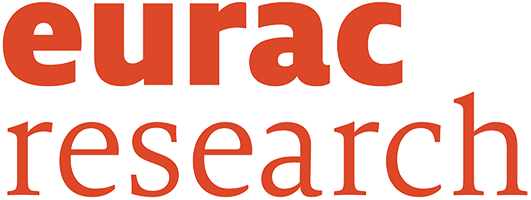Paper 353
Improving energy efficiency while preserving historic buildings with digital twins and artificial intelligence
Authors: Zhongjun Ni (1), Petra Eriksson (2), Yu Liu (1), Magnus Karlsson (1) and Shaofang Gong (1)
- Departmentof Science and Technology, Linköping University, Campus Norrköping, Bredgatan 33, 60221 Norrköping, Sweden
- Departmentof Art History, Conservation, Uppsala University, Campus Gotland, Cramérgatan 3, 62157 Visby, Sweden
Abstract:
This study proposes a digitalization framework for historic buildings. In this framework, advanced techniques, like Internet of Things (IoT), cloud computing, and artificial intelligence (AI), are utilized to create digital twins for historic buildings. A digital twin is a software representation of a physical object.This study uses digital twins to protect, predict, and optimize through analytics of real-time and historical data of selected features. Heterogeneous data of historic buildings, such as indoor environment, energy consumption metering, and outdoor climate, are collected with proper sensors or retrieved from other data sources. Then, these data are periodically uploaded and stored in the database of the cloud platform. Based on these data, AI models are trained through appropriate machine learning algorithms to monitor historic buildings, predict energy consumption, and control energy-consuming equipment autonomously to reach the balance of energy efficiency, building conservation, and human comfort. The cloud-based characteristic of our digitalization framework makes the digital twins developed in this study easy to be transplanted to many other historic buildings in Sweden and other countries.
Keywords: Historic Buildings Preservation; Energy Efficiency Optimization; Digital Twins; Artificial Intelligence; Internet of Things
